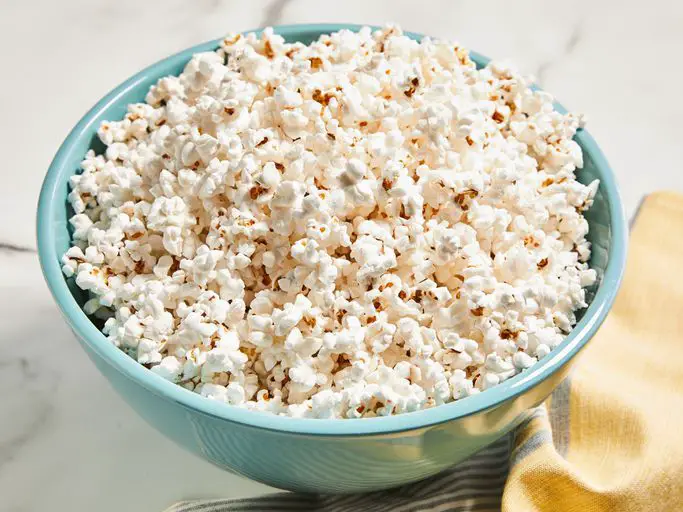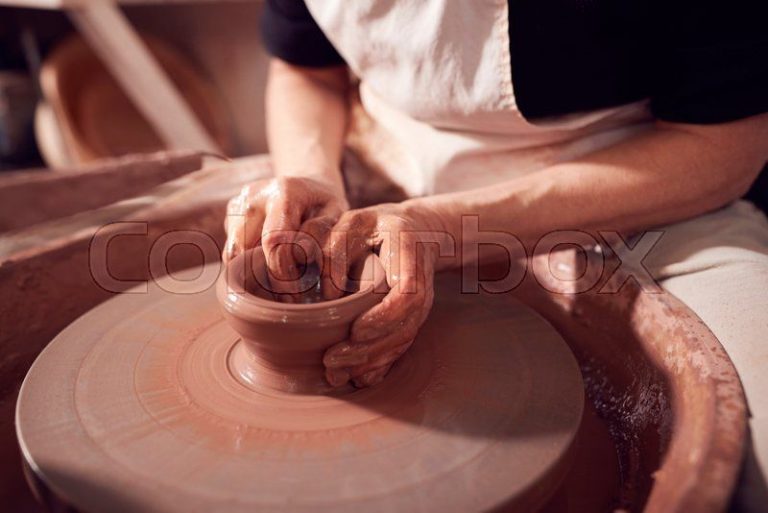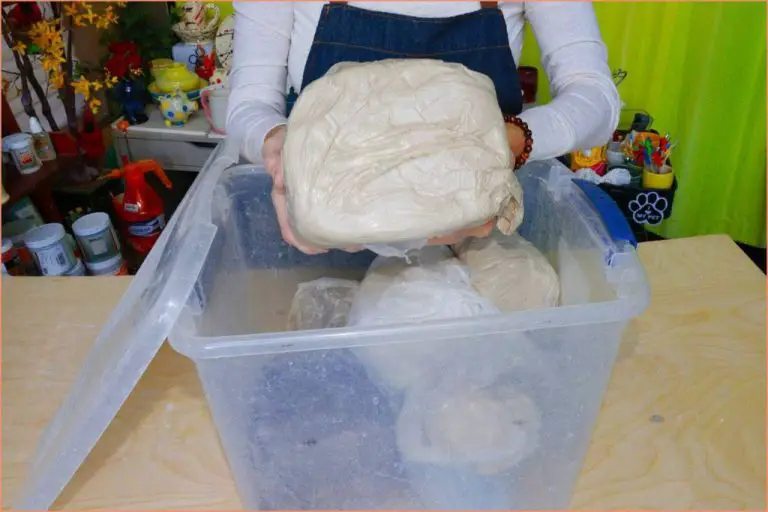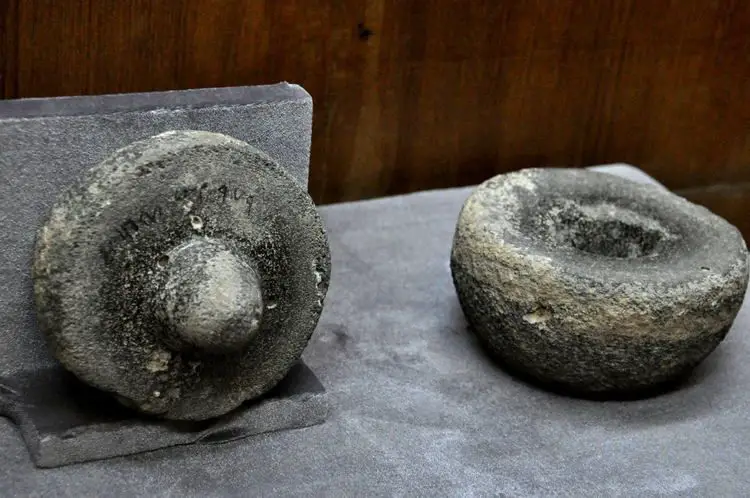What Mat Is Safe For Vinyl Flooring?
Vinyl flooring has become an increasingly popular choice for home flooring due to its durability, affordability, and easy maintenance. With so many options for colors, textures, and styles, vinyl can mimic wood, tile, and stone floors at a fraction of the cost. However, vinyl flooring does require some care to prevent damage, especially from furniture and objects placed directly on top of it.
In this article, we will discuss how to choose safe mats and rugs for vinyl floors that will protect them from scuffs, scratches, discoloration, and indentation. We will overview the different types of vinyl flooring, benefits of vinyl, potential risks from improper mats, recommended mat materials, mat features to look for, proper mat care, using rugs over vinyl, and tips for keeping your vinyl floors looking great.
Types of Vinyl Flooring
There are three main types of vinyl flooring:
Sheet Vinyl
Sheet vinyl consists of a solid vinyl material that comes in a roll form. It is typically used in areas like kitchens and bathrooms that need water resistance. Sheet vinyl provides a seamless look and can mimic materials like wood or tile. It is a budget-friendly flooring option that is easy to install. However, it can tear and seams may lift over time (https://www.thespruce.com/vinyl-flooring-materials-1314764).
Luxury Vinyl Tiles (LVT)
Luxury vinyl tile (LVT) provides the look of more expensive flooring like stone or hardwood at a lower cost. LVT comes in various sizes of planks or tiles that lock together to create a floating floor. The top vinyl layer is embossed and layered over a rigid core. LVT is durable, water resistant, and easy to install and maintain. It’s a popular choice for areas prone to moisture or heavy traffic (https://www.thespruce.com/vinyl-flooring-materials-1314764).
Vinyl Plank Flooring
Vinyl plank flooring consists of planks made from PVC vinyl layers on top of a rigid core. The planks lock together to create a seamless look mimicking wood or stone. Vinyl plank flooring is affordable, durable, and waterproof, making it ideal for kitchens, bathrooms, and basements. It provides a customizable look and is easy to install as a floating floor. With proper care, vinyl planks can last a long time (https://www.thespruce.com/vinyl-flooring-materials-1314764).
Benefits of Vinyl Flooring
Vinyl flooring offers many benefits that make it a popular choice for homes and businesses. First, vinyl is an affordable flooring option, especially compared to materials like hardwood or natural stone. The average cost per square foot for vinyl plank flooring ranges from $2-5, while solid hardwood can cost $6-12 per square foot installed.
Vinyl is also extremely durable and resistant to scratches, stains, and water damage. The wear layer protects the floor from normal wear and tear. Modern vinyl floors can last 10-30 years with proper care, making them a long-lasting flooring investment. Vinyl plank flooring doesn’t require sanding or refinishing over time like real wood.
Easy maintenance is another major advantage of vinyl flooring. Sweeping or vacuuming regularly and occasional damp mopping is all that is needed to keep vinyl floors looking fresh. The waterproof construction allows for wet mopping without worry. Vinyl resists dirt, scuffs, and stains, so it stays cleaner longer than carpet or hardwood.
In addition, vinyl comes in a huge array of colors, patterns, and finishes that mimic natural materials at a fraction of the cost. Stone, wood, and tile visuals are available in vinyl to match any decor. Sophisticated textures like distressing and hand-scraping add to the realism of the visuals. With a wide selection of options, there’s a vinyl floor to fit every interior design style and budget.
Potential Damage from Mats
Mats can potentially cause a lot of damage to vinyl floors if you select the wrong type. The main issues that can arise are abrasions, scratches, dents, and discoloration.
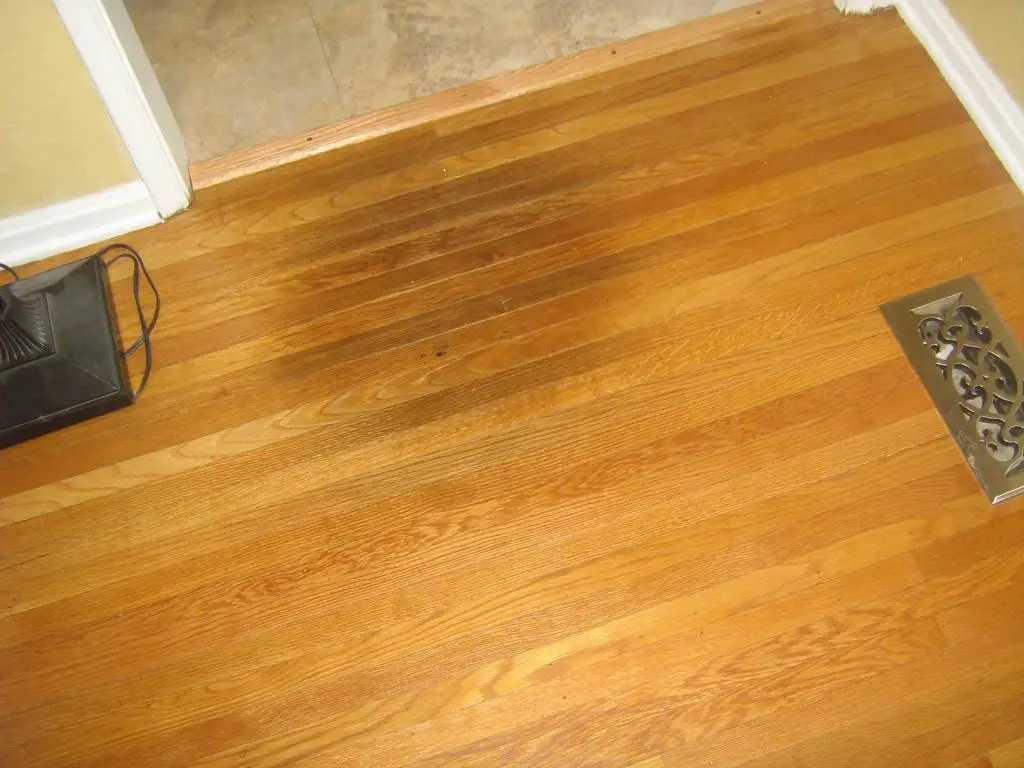
Certain mat materials are too abrasive for vinyl and can actually wear away the protective top layer over time, leaving scratches and making the floor look dull ([1]). Rubber mats, including natural rubber and recycled rubber, are particularly problematic. The oils in the rubber can leech out and leave behind stubborn stains ([2]).
Mats with rough backing made from materials like jute or sisal can act like sandpaper on vinyl floors. The friction from people walking over these mats every day will gradually scratch and scuff the surface ([3]). Heavy mats can also dent vinyl when a lot of pressure is applied.
It’s crucial to choose a vinyl-safe mat that is non-abrasive, smooth, and lightweight. Pay close attention to the backing material rather than just the visible top texture. With the right mat, you can protect your floors from dirt without damaging the vinyl itself.
Mat Materials to Avoid
There are certain types of mat materials that should be avoided with vinyl flooring due to potential damage or staining:
Rubber mats, especially those made from recycled tires, can leach oils that leave permanent stains on vinyl floors [1]. The oils can seep into the vinyl and cause brownish discoloration that is extremely difficult to remove.
Coir mats, made from coconut husks, are also problematic for vinyl floors. They can trap moisture, dirt, and debris against the vinyl, leading to damage over time. The rough texture of coir can also scratch and wear down vinyl [2].
Any mat with a latex or rubber backing should be avoided, as the materials react poorly with vinyl and can stain it. Latex and rubber can stick to vinyl floors with use. When removed, they peel up the vinyl flooring, causing permanent damage.
Recommended Mat Materials
When selecting a mat for vinyl flooring, it’s important to choose materials that are soft, flexible, and non-abrasive. Some of the best mat materials for vinyl floors include:
Polypropylene – Rug pads made from polypropylene fibers are a great choice for vinyl flooring. The fibers are soft, pliable, and cushiony. Polypropylene doesn’t stain or discolor vinyl and allows floors to breathe (1).
Polyethylene – This synthetic plastic polymer is flexible, lightweight, and provides a smooth surface. Polyethylene mats and rug pads won’t scratch vinyl floors. Look for low-density polyethylene for extra cushioning (2).
Polyester – Polyester rug pads offer vinyl floor protection with their dense, woven construction. The smooth backing prevents abrasions. Polyester resists absorbing liquids which helps prevent stains (3).
Nylon – Nylon is an extremely durable synthetic fiber. It’s resistant to abrasion and won’t fade or discolor over time. Nylon mats provide a smooth protective layer over vinyl (2).
Microfiber – Microfiber mats and rug pads use ultra-fine synthetic fibers. This creates a super soft, smooth surface that cushions floors. The thin fibers are non-abrasive to vinyl’s protective finish (3).
Always check the manufacturer’s recommendations, but rugs and mats made with these vinyl-friendly materials provide a safe, non-damaging option for your floors.
(1) https://www.rugpadusa.com/articles/best-rug-pad-for-vinyl-floors
(2) https://www.flooringstores.com/blog/best-chair-mat-for-lvp-flooring/
(3) https://www.rugpadusa.com/articles/how-to-protect-your-vinyl-floors-from-damage
Other Mat Features to Look For
In addition to avoiding certain materials, there are other mat features you’ll want to look for when selecting a mat for vinyl flooring:
- Non-slip backing – A quality non-slip backing will prevent the mat from sliding around on smooth vinyl floors. This provides safety and prevents the mat from scratching your floors.
- Low pile – Thick, high pile mats can trap dirt, debris, and moisture against vinyl floors leading to damage. Opt for low pile mats under 1/2 inch thick.
- Smooth underside – The underside of the mat should be smooth without rough textures or materials that could scuff vinyl. Vinyl-safe mats will be smooth on bottom.
Paying attention to these features will ensure no hidden damage occurs from the supposedly “safe” mat.
Proper Mat Care
To extend the life of your mats and prevent damage to your vinyl floors, be sure to properly care for your mats with these tips:
- Clean mats regularly – Vacuum or shake out mats frequently to remove dirt, debris, moisture, and sand particles that get trapped in the fibers. This prevents abrasion on your floors.
- Shake mats outdoors – Take mats outside periodically and shake vigorously to dislodge all trapped particles. This is especially important for entrance mats which bear most of the wear.
- Rotate mats – Rotate different mats in and out of high traffic areas to spread out wear and allow mats to fully dry out between uses.
With proper care and cleaning, your vinyl floor mats will better protect your floors and last longer.
Using Rugs Over Vinyl Flooring
Area rugs can add warmth, color, and style to vinyl floors. However, they also come with some risks. The main benefit of using area rugs on vinyl flooring is that they help protect the floor from excessive wear and tear. Area rugs absorb foot traffic that can otherwise scratch, scuff or dull vinyl floors over time. Rugs also provide insulation and sound dampening.
The biggest risk with area rugs is that they can trap moisture, dirt, and debris underneath. This can lead to damage of the vinyl flooring if left for prolonged periods. Using proper rug pads is crucial to allow airflow and prevent vinyl flooring damage. The best rug pads for vinyl floors are ones made of natural fibers or felt, as opposed to rubber or vinyl pads that don’t breathe well. It’s also important to periodically lift and clean under area rugs.
When shopping for area rugs for vinyl flooring, look for ones with natural fiber backings like jute or woven cotton. Avoid rugs with latex or rubber backings that may interact with the vinyl flooring. Following proper rug placement and maintenance best practices can allow you to enjoy the benefits of area rugs while minimizing risks to your vinyl floors.
Conclusion
In summary, choosing the right mat for your vinyl floor is crucial to protecting its appearance and longevity. Vinyl can be easily scratched or stained by abrasive materials, so it’s important to avoid mats made from jute, sisal, rubber, or those with a rough texture on the bottom. Materials like polyester, nylon, microfiber, and cotton are gentle options that won’t damage vinyl floors. Look for mats with a smooth, non-slip vinyl or PVC backing to prevent shifting. Frequently cleaning your mats and rugs will also help prevent vinyl damage from dirt buildup. With proper mat selection and care, you can keep your vinyl floors looking like new for years to come.


